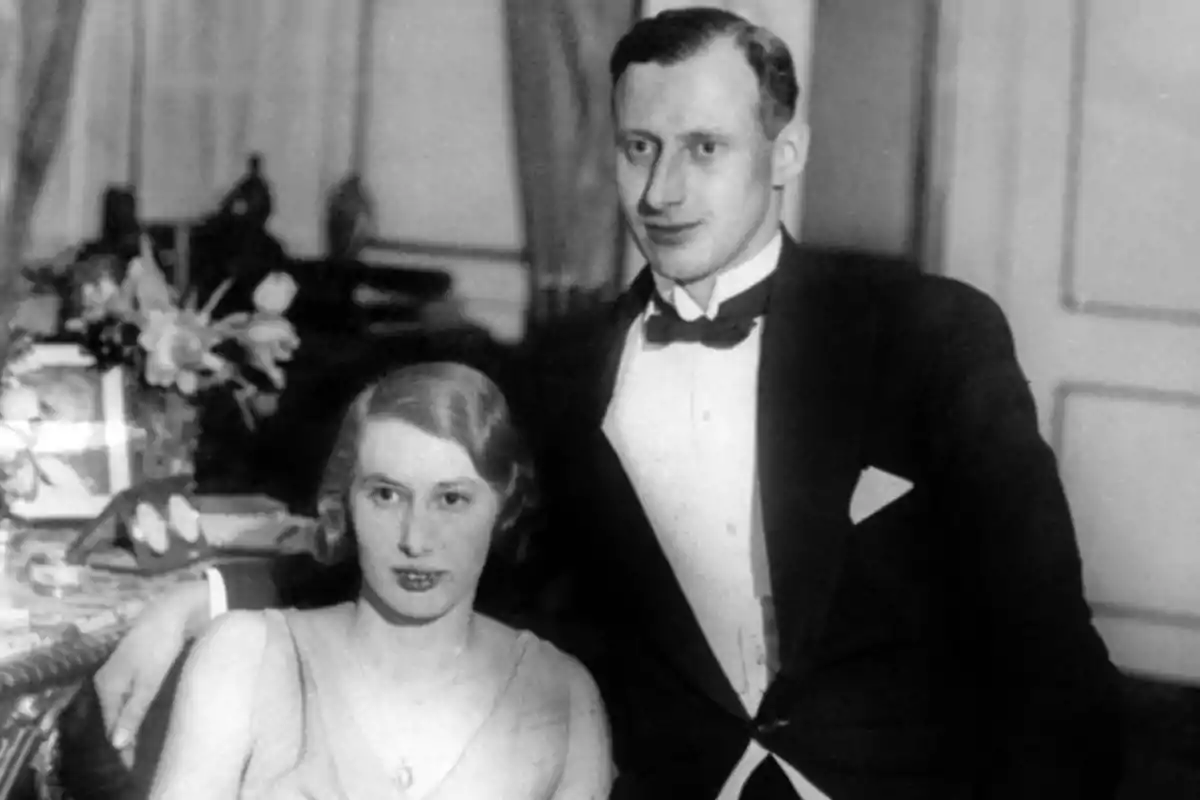
She married her cousin and was almost queen: the princess who lost the throne
Caroline Matilda believed she would inherit the Danish crown, but history changed the royal course
Caroline Mathilde of Denmark was born on April 27, 1912, at Jægersborghus Palace, near Copenhagen. What seemed to be a life destined for the background of nobility ended up becoming a story marked by political decisions, family conflicts, and a truncated succession.
She came from a direct line of royal blood: her father was Prince Harald of Denmark and her mother, Helena Adelaide of Schleswig-Holstein. Her paternal grandparents were King Frederick VIII and Princess Louise of Sweden. She was named in honor of her maternal grandmother, Caroline Mathilde of Schleswig-Holstein-Augustenburg.
A controversial wedding between cousins
Caroline's childhood took place among aristocratic mansions and a refined education, together with her four siblings. She was initially raised on a country estate that later passed into the hands of a foundation, and later moved to a villa in Copenhagen.
At 21 years old, she surprised everyone by becoming engaged to her first cousin, Prince Knud of Denmark, 12 years older than she and son of King Christian X. The wedding was held on September 8, 1933, in the chapel of Fredensborg Palace. It was a majestic event, surrounded by European royalty and with a banquet at Sorgenfri Palace, where they later established their residence.
The couple had three children: Princess Elisabeth, Prince Ingolf, and Prince Christian. The two sons lost their succession rights for marrying commoners, something considered a morganatic marriage.
War, Nazism, and the dynastic rift
During the German occupation in World War II, the family became embroiled in political tensions. Caroline's mother, Princess Helena Adelaide, sympathized with Nazism, which caused a strong estrangement with King Christian X, a staunch opponent of Hitler's regime. This stance ended with Helena's exile in 1945 to her hometown, Glücksburg, although she returned two years later due to her husband's deteriorating health.

However, the true break in the dynastic line came in 1947. After the death of King Christian X, his son Frederick IX ascended the throne. The new monarch had only daughters—Margrethe, Benedikte, and Anne-Marie— which, according to the 1853 succession law, made his brother Knud and Caroline Mathilde the natural heirs.
Both believed for years that they would come to reign. However, in 1953, a legal reform approved by referendum allowed female succession, displacing Knud and Caroline from first place in the line of succession and placing Margrethe as the official heir.
The result was a family rift. Although they continued to hold the title of "hereditary princes," they were no longer entitled to any throne. Relations with the royal family cooled definitively. They only met again at official events, where protocol prevented mutual omission.
Knud died in 1972. Caroline Mathilde lived 19 more years, withdrawn from public life, at Sorgenfri Palace, the place she felt most at home. She died in 1995, leaving behind a life marked by proximity to power, but also by the disappointment of having been so close—and so far—from the throne.
More posts: